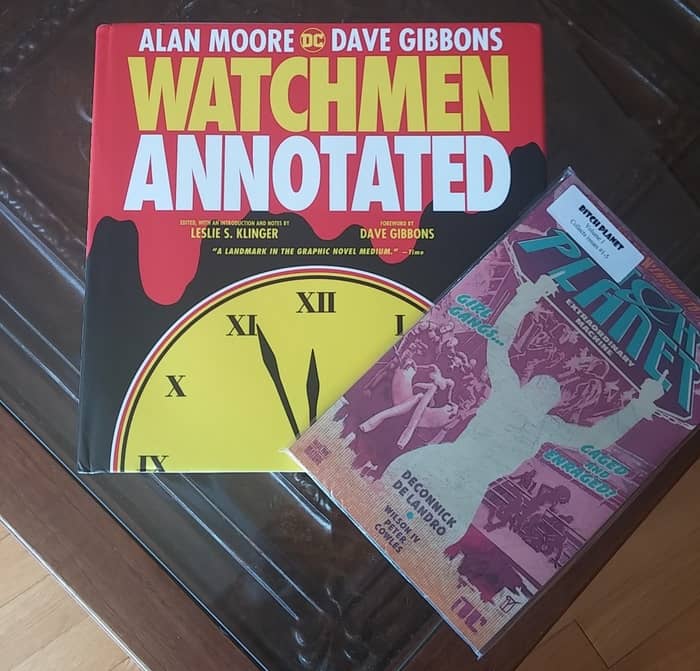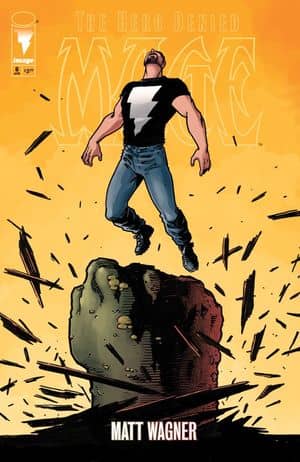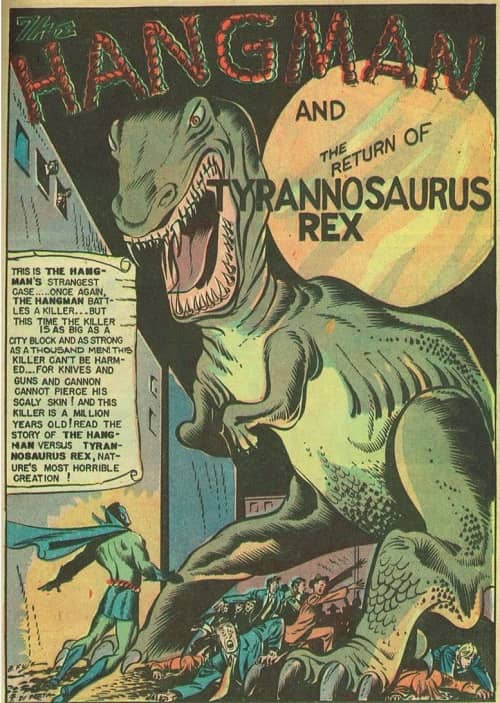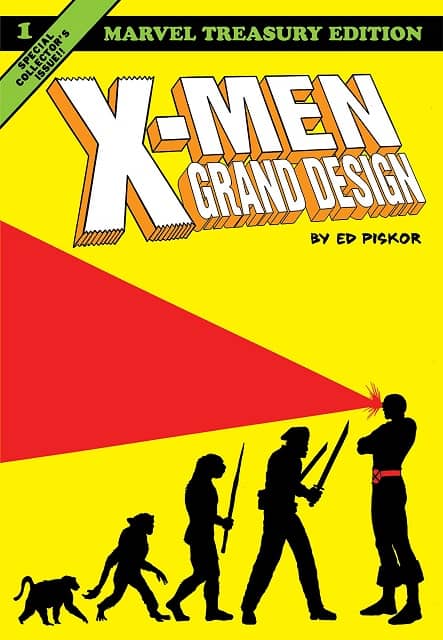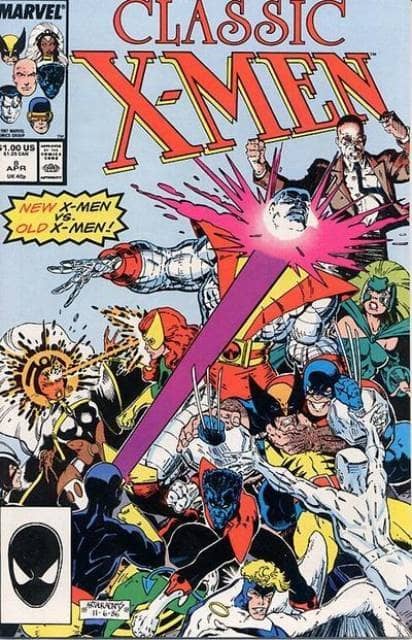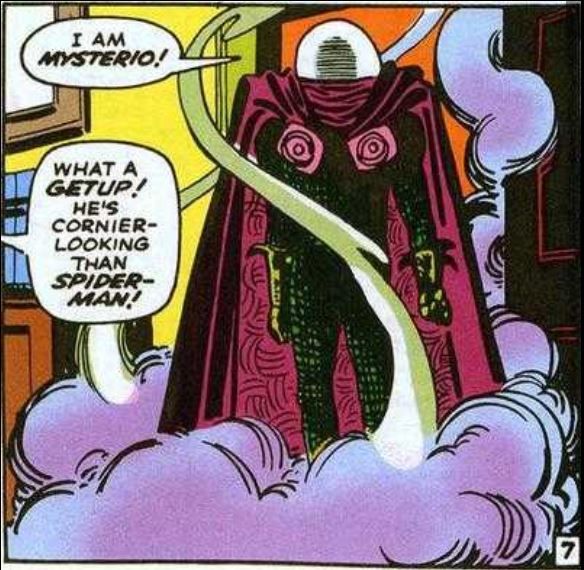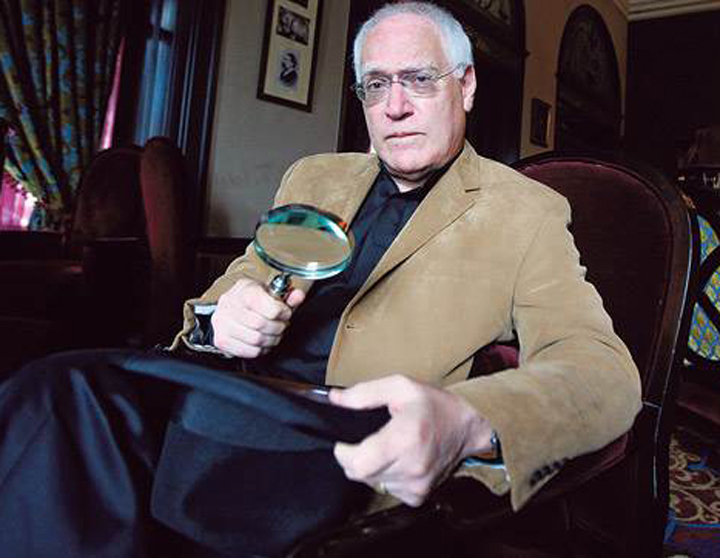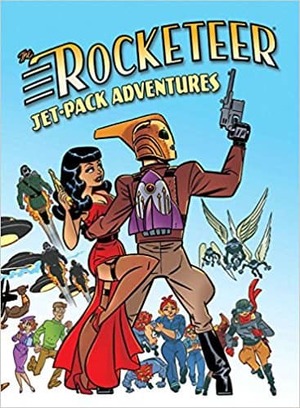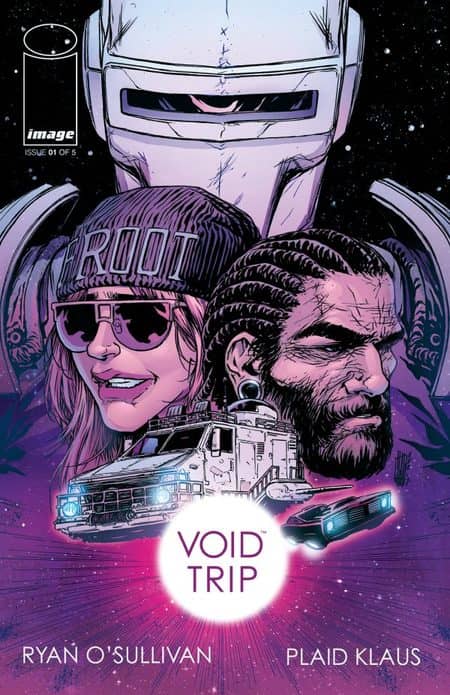Mage: The Hero Denied #9
 So there’s a weird thing that happens in superhero comics after they’ve been running for a while. No matter what sort of superhero we’re dealing with, how weak or powerful, eventually we start to see stories that begin with someone attacking them out of the blue, followed by the hero trying to figure out what’s happening. This happens even more often with superhero teams, since they tend to have publicly known headquarters. While these are sometimes set up as stories of revenge for some past defeat, more often it’s something along the lines of, “The hero is going to stop my evil plan, so before I even start the evil plan, I’m going to take out the hero.” Strangely, after the villain fails to take out the hero, they’ll just go ahead with the plan anyway. But in almost all of those stories, the hero wouldn’t even have KNOWN there was an evil plan if they hadn’t been attacked.
So there’s a weird thing that happens in superhero comics after they’ve been running for a while. No matter what sort of superhero we’re dealing with, how weak or powerful, eventually we start to see stories that begin with someone attacking them out of the blue, followed by the hero trying to figure out what’s happening. This happens even more often with superhero teams, since they tend to have publicly known headquarters. While these are sometimes set up as stories of revenge for some past defeat, more often it’s something along the lines of, “The hero is going to stop my evil plan, so before I even start the evil plan, I’m going to take out the hero.” Strangely, after the villain fails to take out the hero, they’ll just go ahead with the plan anyway. But in almost all of those stories, the hero wouldn’t even have KNOWN there was an evil plan if they hadn’t been attacked.
Kevin Matchstick is semi-retired at the start of Hero Denied. He has no idea that the Umbra Sprite has set up a new operation. He’s raising his kids and doing nothing that will cross his path with the Umbra Sprite. He’s not even looking for the Fisher King. Really, he doesn’t start moving until he’s attacked. And even then, he’s basically flailing about with no real focus until his wife and son are kidnapped.
So if the Umbra Sprite had just left Kevin Matchstick alone, he wouldn’t be coming after her. He wouldn’t even have known that anything was going on. Which I suppose is a lesson in how we often make bigger problems for ourselves by overthinking situations.
The issue opens with Kevin and Miranda driving through Fairy Land. Kevin’s got a dozen baseball bats in the backseat, ready to get charged up. I’m not sure how we’re meant to take that fact. On the one hand, it could mean that Kevin’s just getting ready for a lot of fighting. But since he can basically charge any object with magic energy, there is the question of why he’s chosen only to pack baseball bats instead of an assortment of weapons. Or why he doesn’t continue the habit he’s developed in the first half of this series of using improvisation to charge up whatever’s around. It might just be that he’s grasping for something familiar and comfortable as his world is torn apart.
